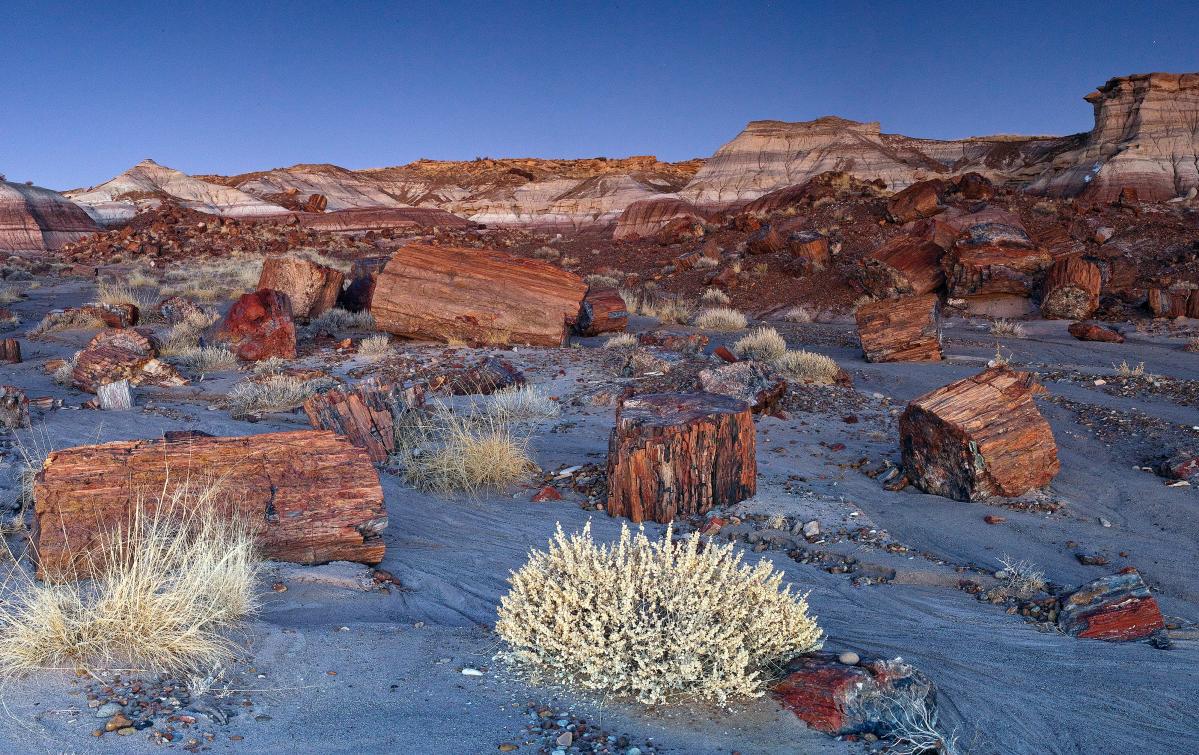“People come to Petrified Forest unintentionally, often. They’re on their way, typically, to or from the Grand Canyon or during spring break, they’re headed to spring training,” said park ranger Jessica Barnett.
The park is located right off Interstate 40 in eastern Arizona, about 3 hours from Albuquerque International Sunport and 3.5 hours away from Phoenix Sky Harbor International Airport by car.
“The really great part of this park is there’s something for everyone,” Barnett said. “I think people don’t realize it when they come in. They pass it by because they’re like, “Hmm, petrified wood. What’s good about that?’ There’s so much more.”
Here’s what travelers should know about Petrified Forest, the latest national park in USA TODAY’s yearlong series.
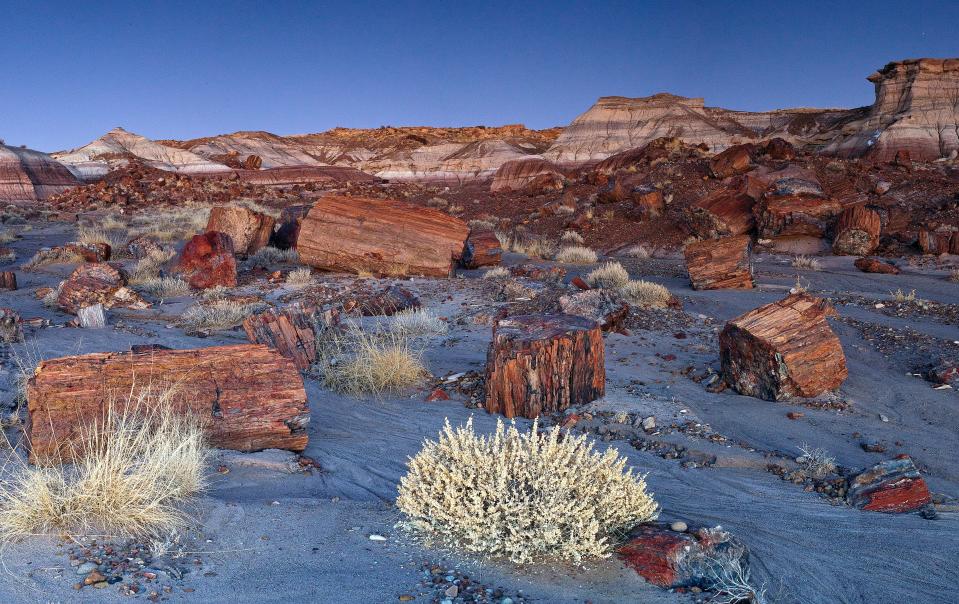
What is special about Petrified Forest National Park?
Petrified Forest calls itself a Triassic park. It preserves more than 200 million years of history, including its namesake petrified wood.
It’s the only place chindesaurus fossils have ever been found. Coelophysis fossils have also been discovered in the park, but dinosaurs only make up a fraction of the prehistoric life that once thrived across its more than 221,000 acres.
“Everything else is an ancient reptile or ancient mammal ancestor or ancient plants,” Barnett said.
Visitors can see paleontologists work on a variety of fossils and artifacts at the park’s Museum Demonstration Lab or ask park rangers about Petrified Forest’s more modern history.
“We’re working on rehabilitating our prairie dog population, so maybe someday we’ll get to reintroduce the black-footed ferret, which is the most endangered mammal in North America,” Barnett said.
The park also preserves a portion of historic Route 66.
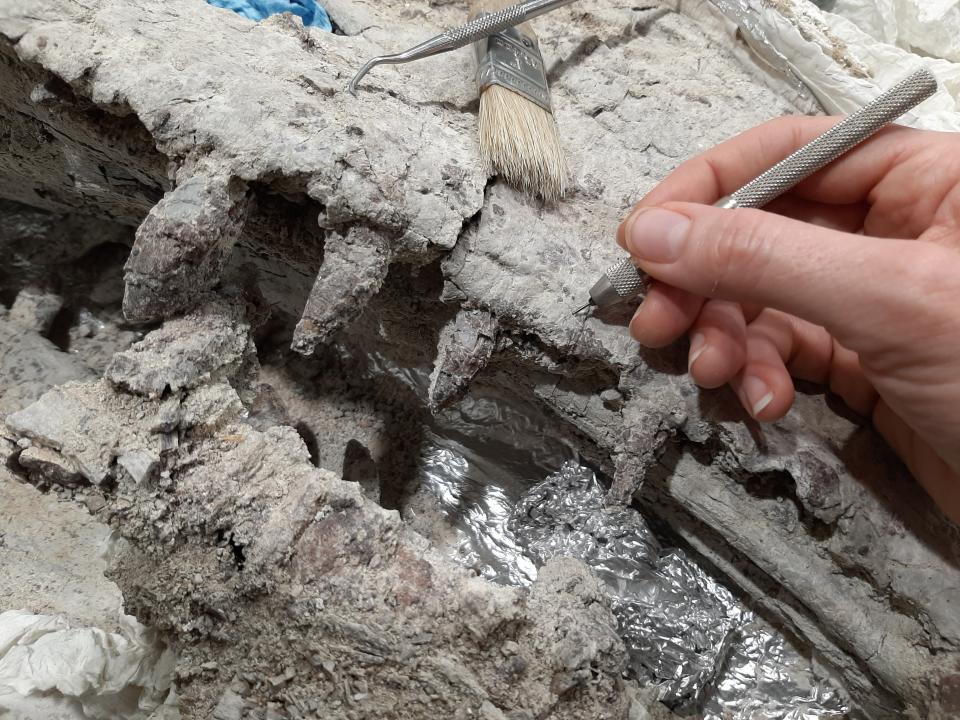

What Native American tribes were in the Petrified Forest?
“We have an incredible record of people, human history in the park – more than 13,000 years,” Barnett said.
Thirty-six Native tribes are connected to the land:
-
Colorado River Indian Tribes of the Colorado River Indian Reservation
-
Havasupai Tribe of the Havasupai Reservation
-
Hopi Tribe of Arizona
-
Hualapai Indian Tribe of the Hualapai Indian Reservation
-
Jicarilla Apache Nation
-
Kaibab Band of Paiute Indians of the Kaibab Indian Reservation
-
Las Vegas Tribe of Paiute Indians of the Las Vegas Indian Colony
-
Moapa Band of Paiute Indians of the Moapa River Indian Reservation
-
Navajo Nation
-
Ohkay Owingeh
-
Paiute Indian Tribe of Utah
-
Pascua Yaqui Tribe of Arizona
-
Pueblo of Acoma
-
Pueblo of Cochiti
-
Pueblo of Isleta
-
Pueblo of Jemez
-
Pueblo of Laguna
-
Pueblo of Nambe
-
Pueblo of Picuris
-
Pueblo of Pojoaque
-
Pueblo of San Felipe
-
Pueblo of San Ildefonso
-
Pueblo of Sandia
-
Pueblo of Santa Ana
-
Pueblo of Santa Clara
-
Pueblo of Taos
-
Pueblo of Tesuque
-
Pueblo of Zia
-
San Carlos Apache Tribe of the San Carlos Reservation
-
San Juan Southern Paiute Tribe of Arizona
-
Santo Domingo Pueblo
-
Tohono O’odham Nation of Arizona
-
Tonto Apache Tribe of Arizona
-
White Mountain Apache Tribe of the Fort Apache Reservation
-
Yavapai-Apache Nation of the Camp Verde Indian Reservation
-
Zuni Tribe of the Zuni Reservation
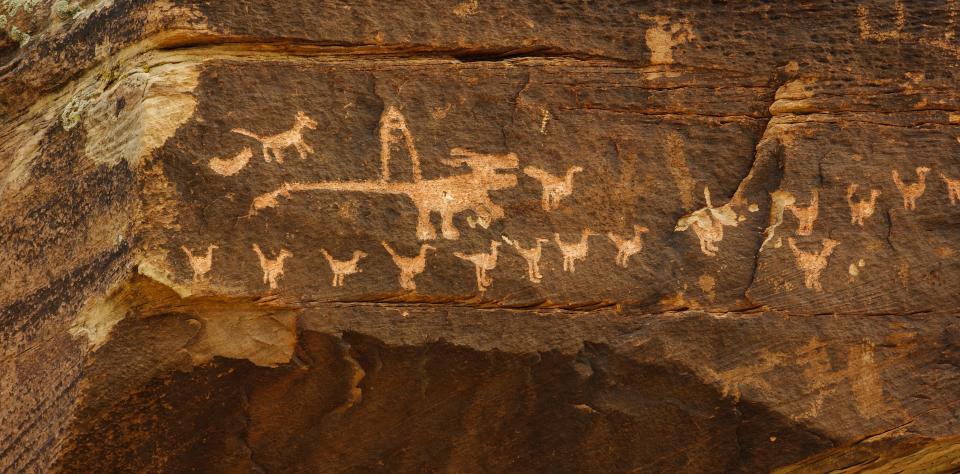

Can you take rocks from Petrified Forest?
No. Federal law prohibits removing, defacing or trafficking in archeological resources on public or Native lands.
Leave No Trace: How to protect national parks for future generations


Why is the Petrified Forest cursed?
“There is this really interesting history of people taking petrified wood and then bad things happening to them and them associating it with having taken the petrified wood,” Barnett said. “I think that’s more guilt than anything.”
She said the park prefers to focus on the good.
“Rather than you’re bad and you’re going to be cursed if you take the wood, you’re a good person if you leave it behind for future generations. That’s such a huge part of the Park Service mission,” she said.
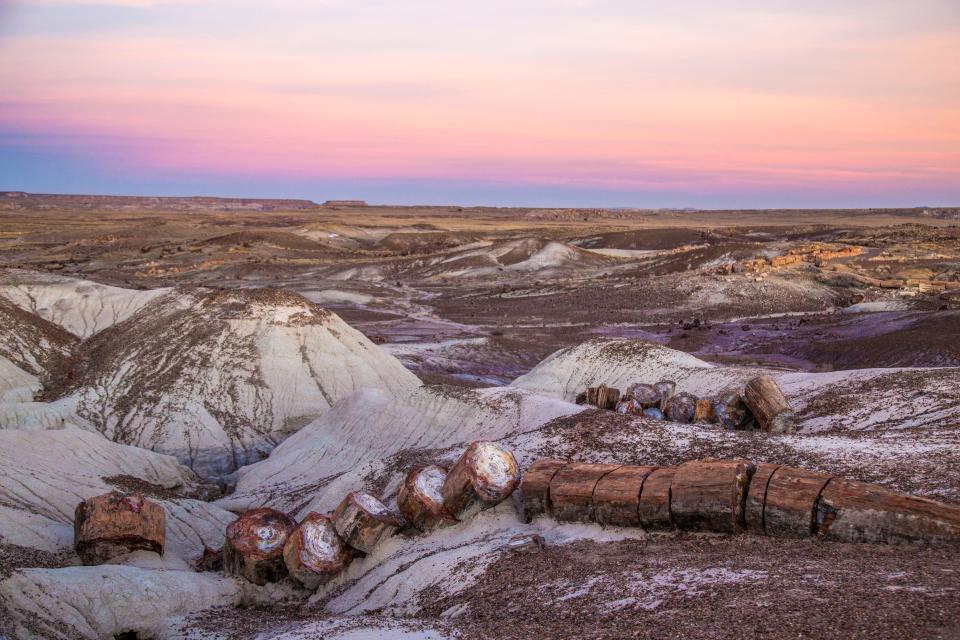

How long does it take to go through Petrified Forest National Park?
“You can do all of the main road hikes in a day,” Barnett said.
The park’s website suggests several itineraries ranging from an hour to a half day for travelers passing through, but visitors who like to get off the beaten path will need more time.
“You could easily spend two or three days in the park and really experience it to kind of its fullest potential,” Barnett said.
Petrified Forest’s operating hours are 8 a.m. to 5 p.m. MST. Guests who are already in the park gates by 5 p.m. can usually stay until around sunset. Visitors who want to stay later to stargaze in the certified International Dark Sky Park can get a free Dark Sky Viewing Permit at the park’s Painted Desert Visitor Center.
There are no lodges or campgrounds in the park, but wilderness camping is allowed in the park with a free permit.
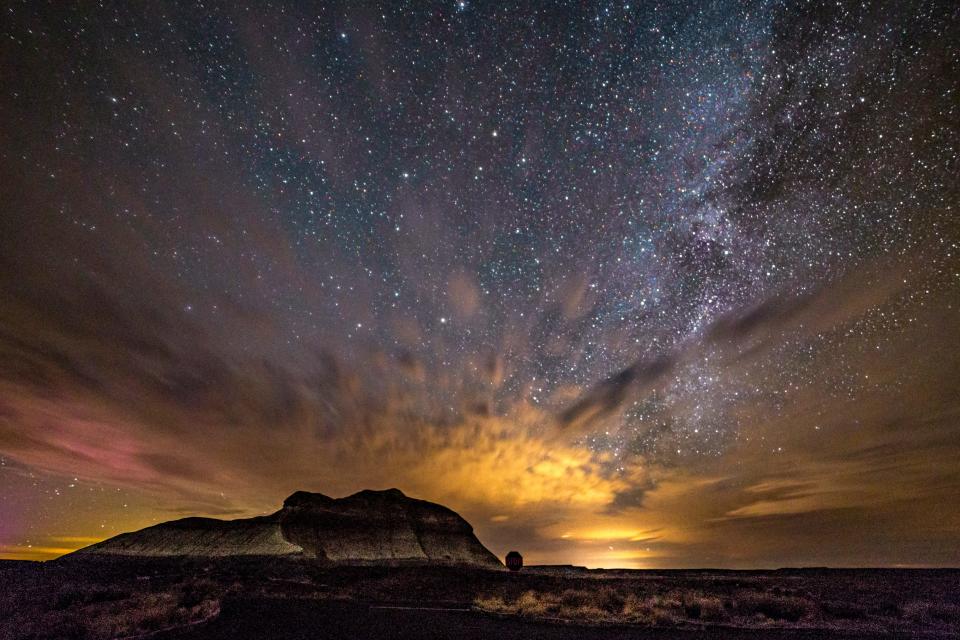

Can you just drive through Petrified Forest National Park?
Yes, the park’s main road spans 28 miles and takes about an hour to travel by car. There is $25 park entry fee for private vehicles.
“We try to tell people, if they’re going east, to come in the south entrance because GPS always brings people to the north entrance and then have to go in and come back out,” Barnett said. “If you’re going any other direction, you can start at either end of the park.”
Visitors can see petrified wood scattered through the park’s southern end and clustered in five large petrified wood deposits referred to as forests: Rainbow Forest, Crystal Forest Jasper Forest, Blue Forest, and Black Forest.
“You have a huge range in the colors of the petrified wood, the textures that you get, and even the way it looks at the surface – whether it’s sparkly and like individual crystals that you can see, that look like a geode, or if it’s all grown together and it looks like a candle wax,” Barnett said. “Every single stop has something really incredible there.”
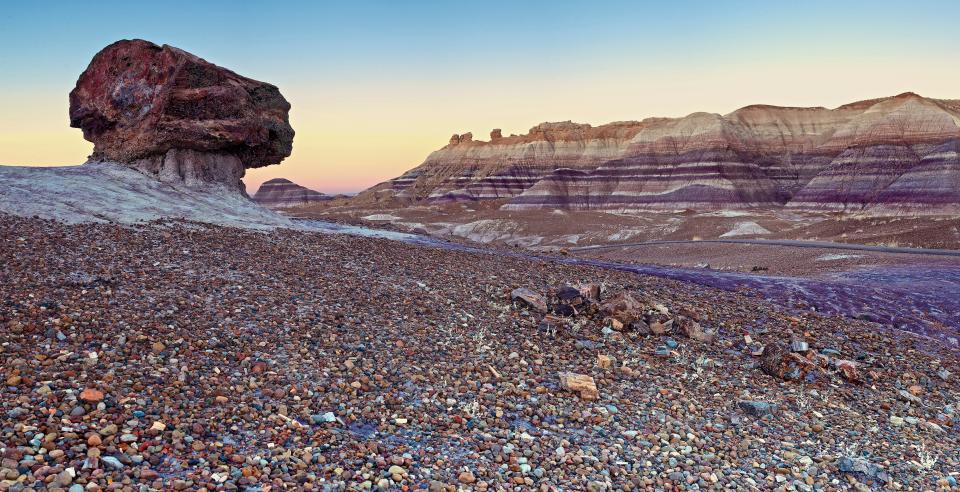

Is Petrified Forest National Park worth it?
“It’s worth a trip on its own,” Barnett said. “It is such an incredible place if you know what it’s about. If you don’t know, If you’re driving on the interstate, it’s like, ‘That looks like a bunch of grassy fields. What could be interesting about this place?’ And then you get into the park, you go over the hill, and you’re like, ‘The Painted Desert is amazing! It’s so beautiful!”
To make the most of trips, she encourages visitors to talk to park rangers who can tell them more about the park.
“There’s such amazing history, archaeology, modern biology, geology, paleontology,” she said. “It’s a great place, and I hope more people come just to see it.”
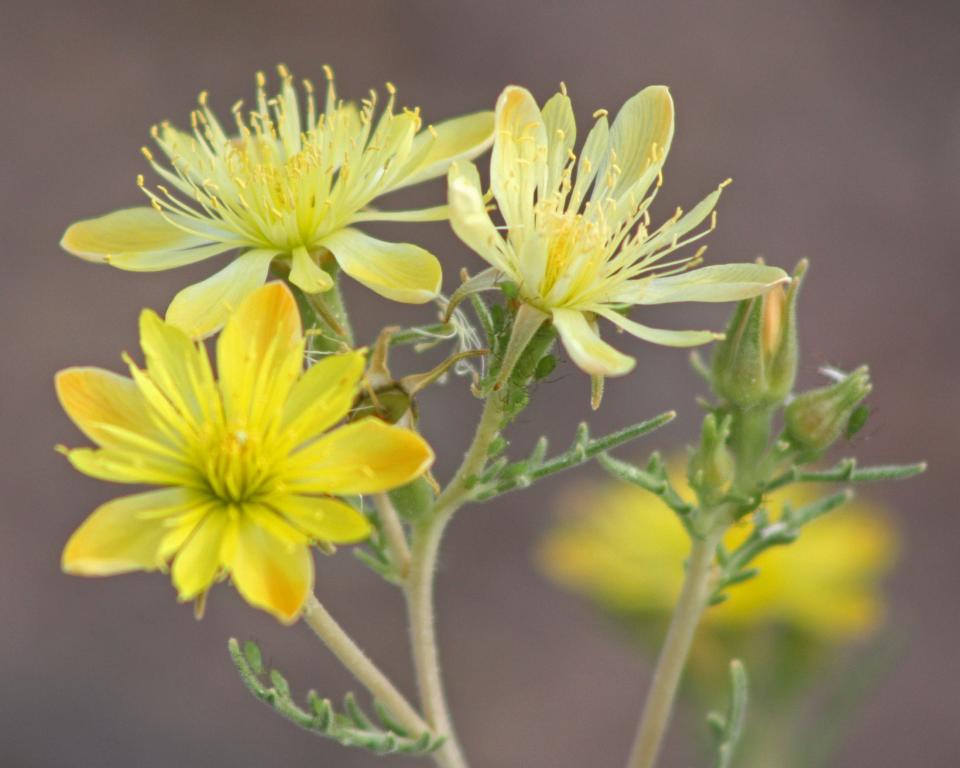

This article originally appeared on USA TODAY: Petrified Forest National Park is worth visiting all on its own
